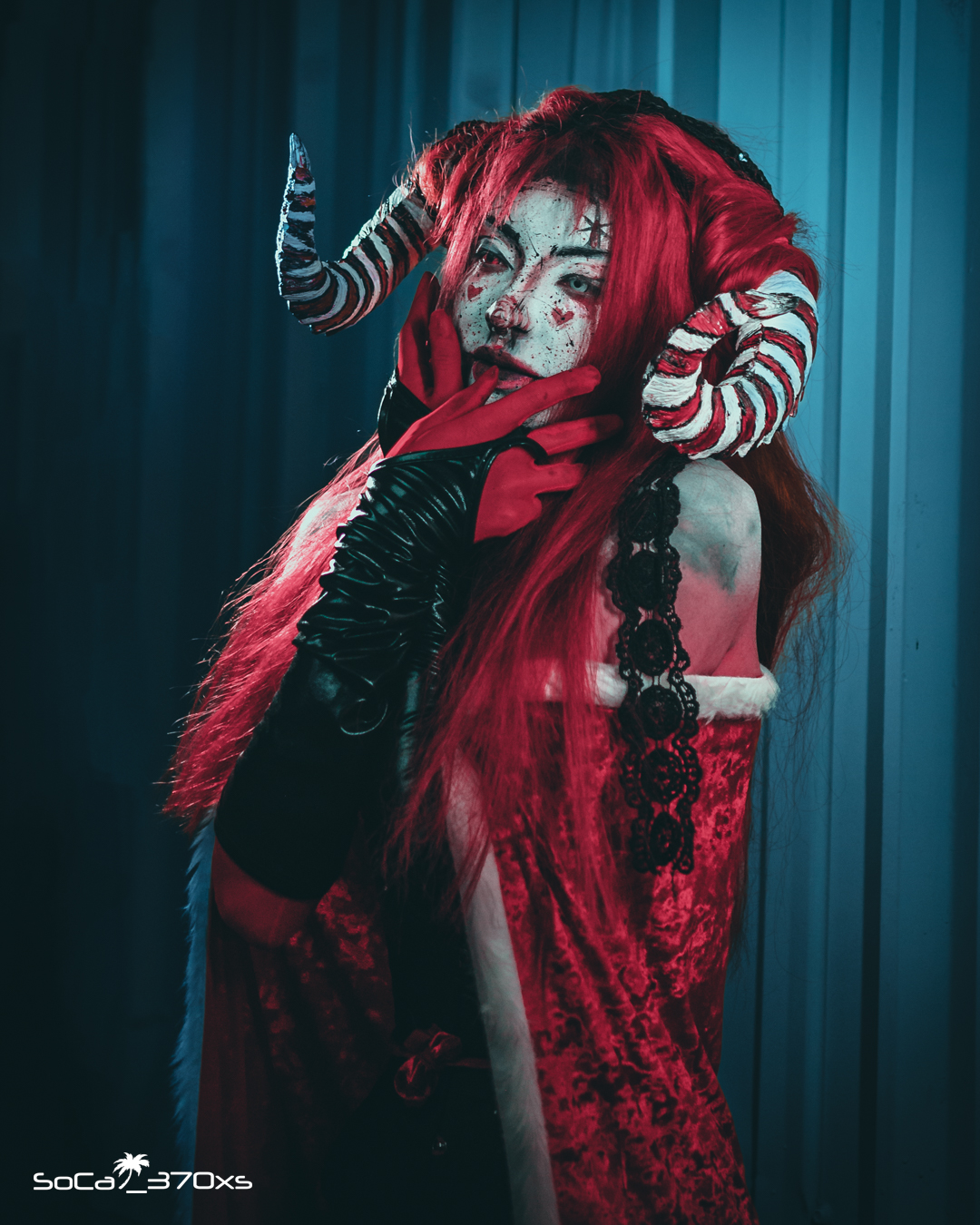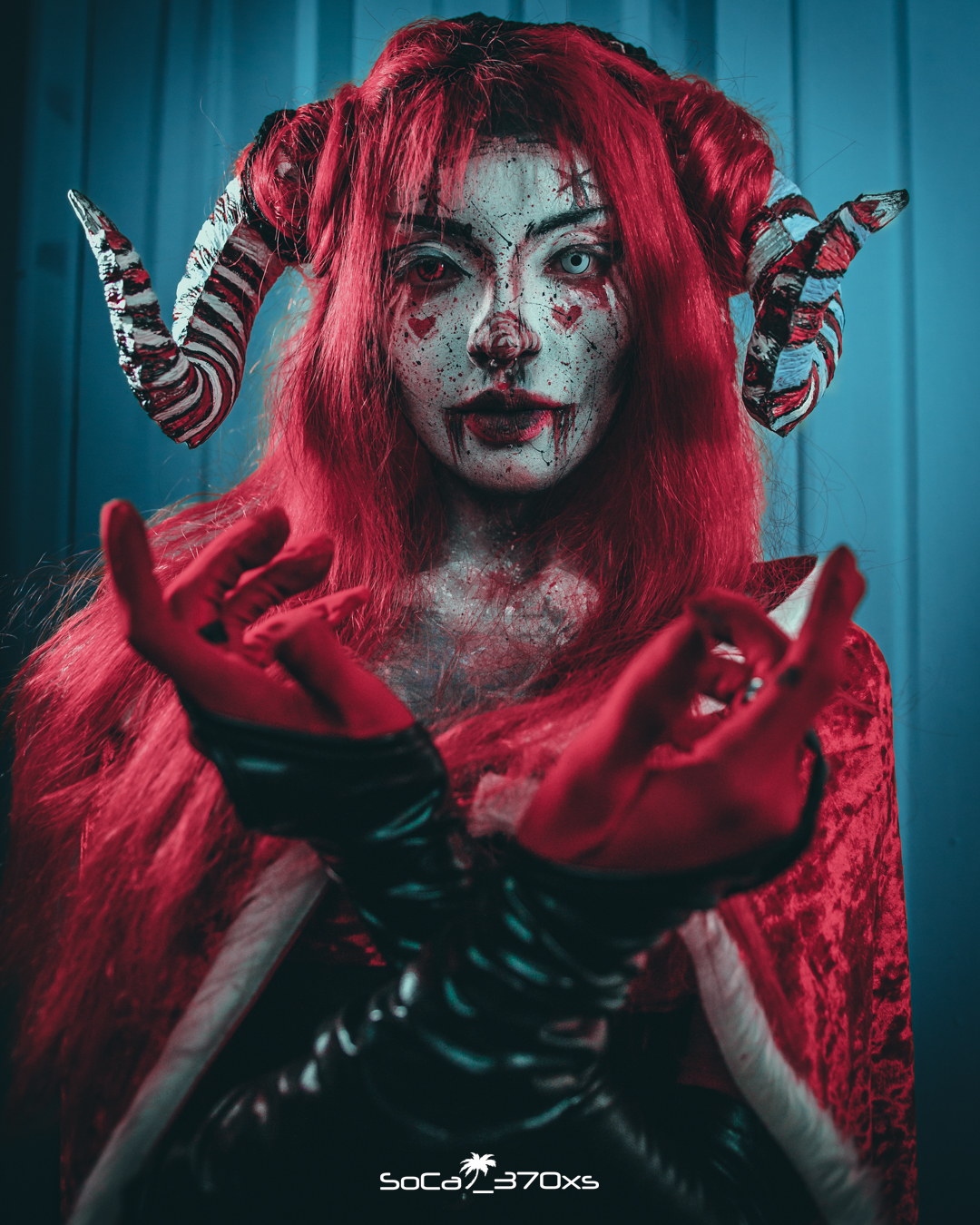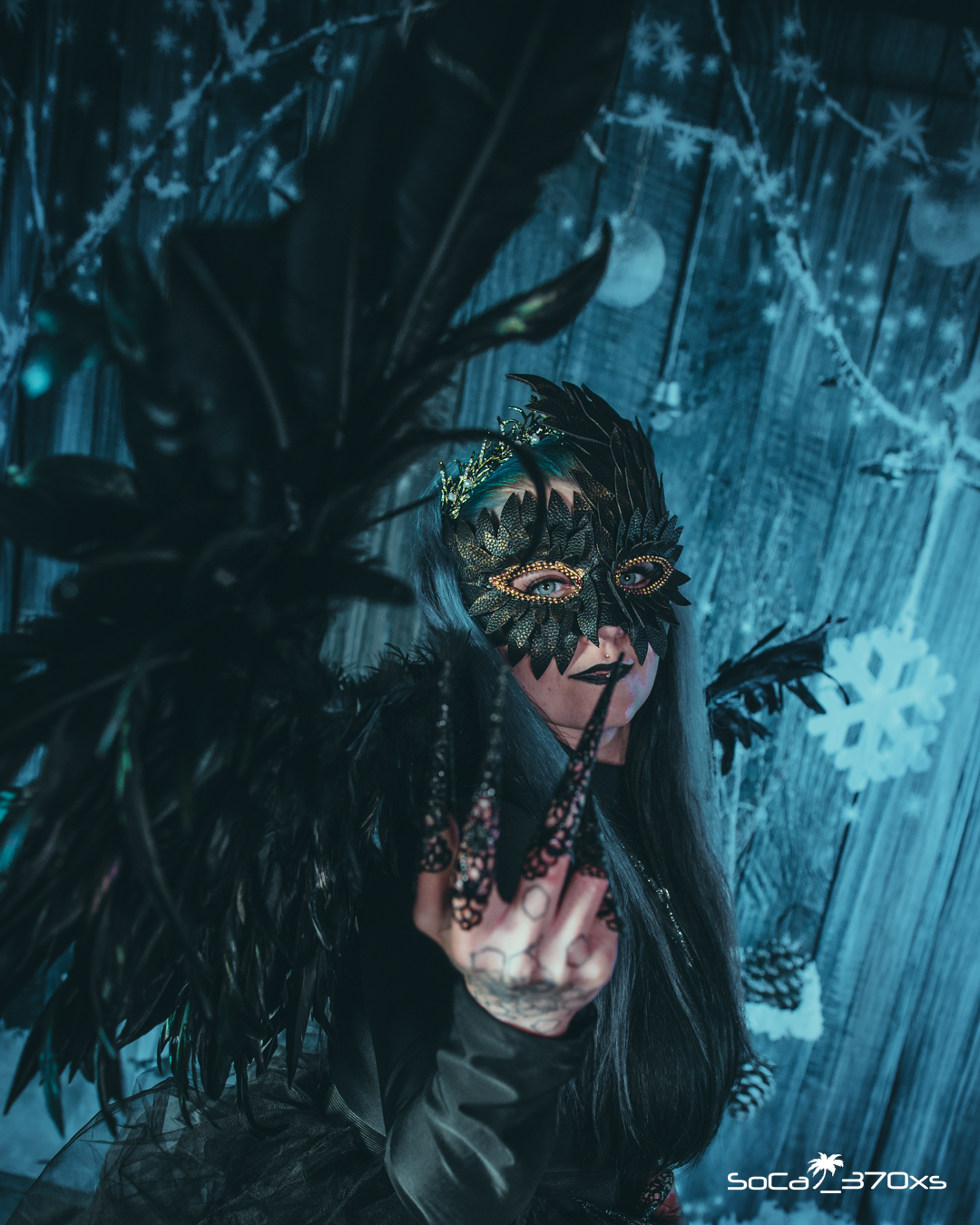Mastering creative lighting in photography can be a challenging but rewarding process. Here are some tips to help you get started:
- Understand the fundamentals of lighting: This includes learning about the different types of light (e.g. natural, artificial), the direction and intensity of light, and how light interacts with different surfaces and materials.
- Experiment with different lighting setups: Try using a variety of light sources and placement, such as backlighting, sidelighting, and overhead lighting. You can also use reflectors, diffusers, and other tools to modify the light.
- Practice using manual settings: It's important to understand how to control the exposure and white balance of your camera to get the desired effect in your photos.
- Play with shadows: Shadows can be used creatively to add depth and interest to your images. Try using different lighting angles to create interesting shadows, or use shadows to hide or highlight certain elements in the frame.
- Study the work of other photographers: Look at the work of photographers you admire and analyze their use of light. This can help you develop your own style and techniques.
- Keep practicing: The more you practice, the more you'll learn about how to use light creatively in your photography. Don't be afraid to experiment and try new things, and don't be discouraged if your first attempts don't turn out perfectly.
- Consider using continuous lighting: Continuous lighting, such as RGB LED lights, allows you to see the lighting effects in real-time, making it easier to fine-tune your lighting setup. These lights are also useful for shooting video.
- Experiment with flash and strobes: Flash and strobes can be used to add dramatic effects to your photos, such as freeze-framing fast-moving subjects or illuminating poorly lit scenes. You can also use flash to balance the light in a scene or to add fill light.
- Use gels to color your light: Gels are thin sheets of colored plastic that can be placed over your light source to change the color of the light. This can be useful for creating mood or adding interest to your photos.
- Play with light intensity: The intensity of the light can have a big impact on your photos. Try using softer, more diffuse light for a softer, more romantic look, or use harder, more directional light for a more dramatic effect.
In addition to these light sources, you can also experiment with different light modifiers, such as softboxes, umbrellas, and snoots, to shape and control the light in your photos.
When using creative lighting, it's important to experiment and practice to find the techniques that work best for you and your style. Don't be afraid to try out different light sources and modifiers, and don't be afraid to make mistakes – that's how you learn and grow as a photographer. By embracing creativity and experimentation, you can use lighting to take your photos to the next level.
If you're interested in giving my lighting products a try, I'd really appreciate it if you used my amazon affiliate link to make your purchase. Not only will it help support my work, but it will also allow me to earn a small commission for every sale that results from my recommendation.



